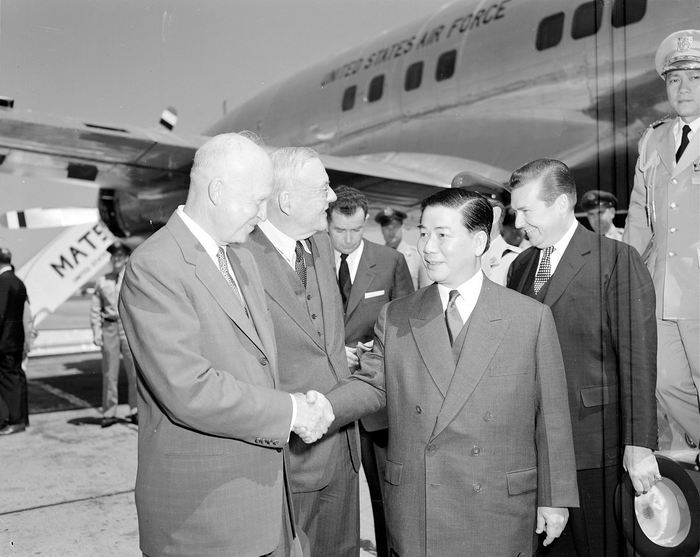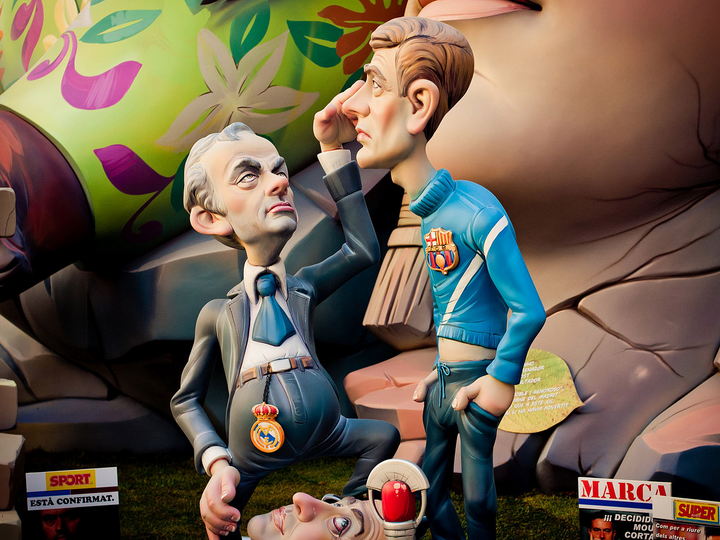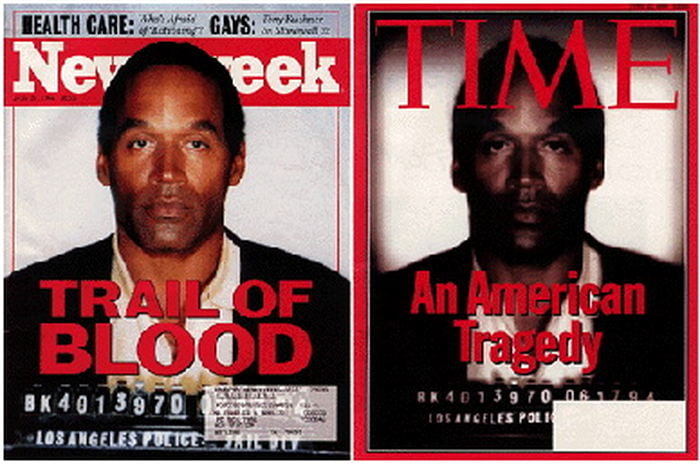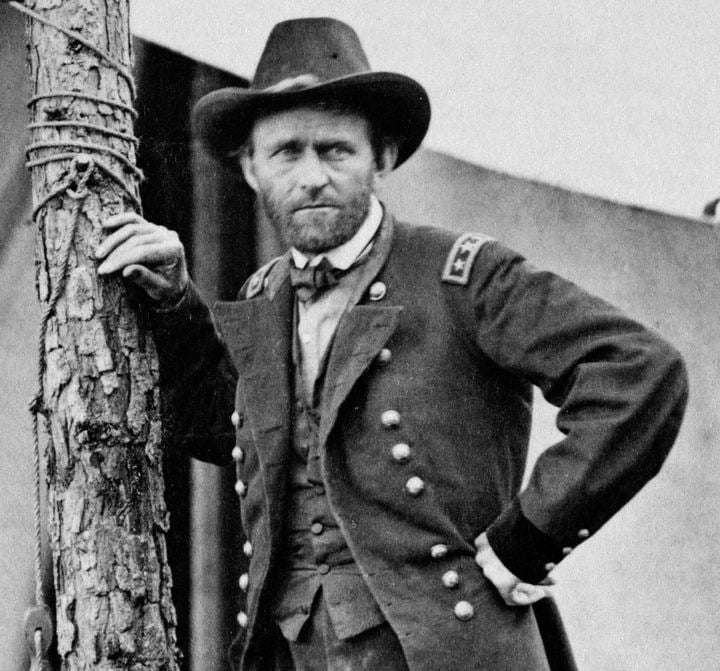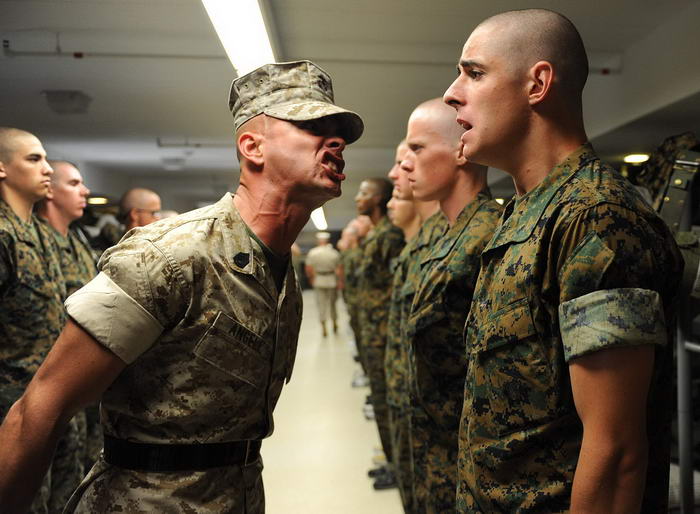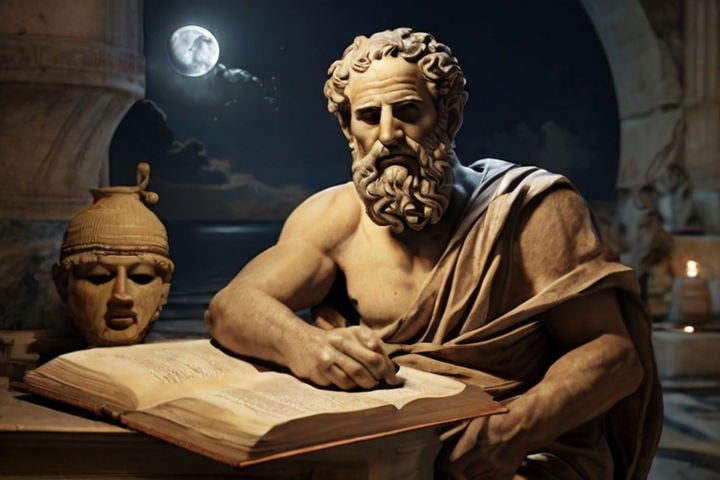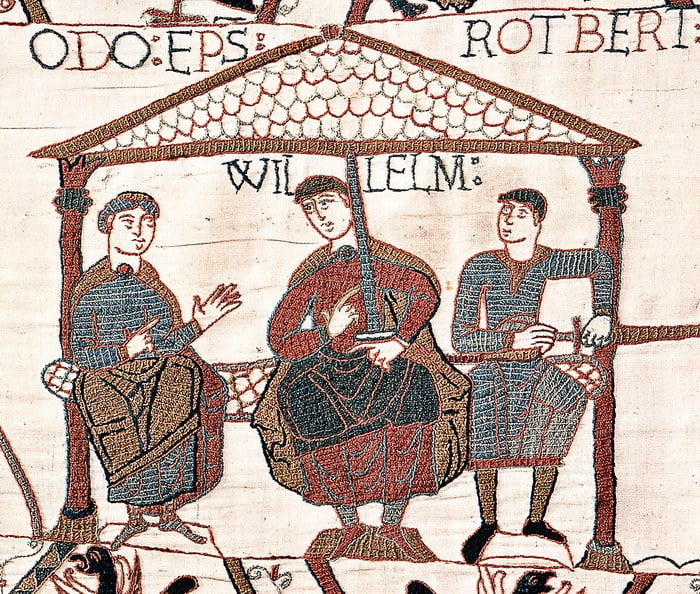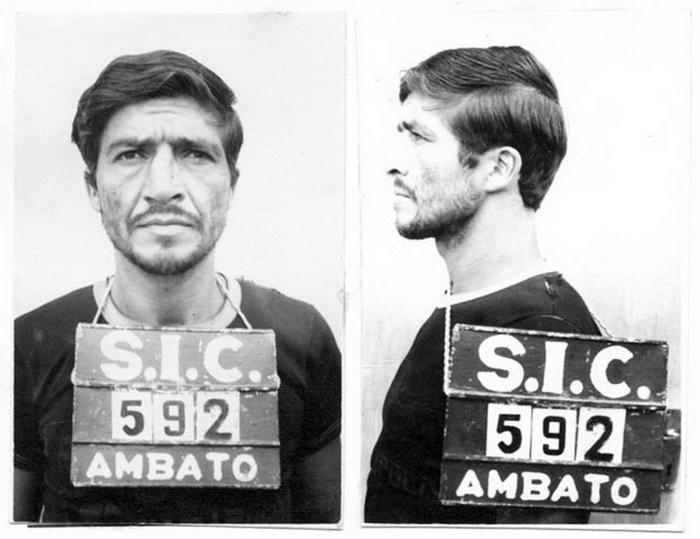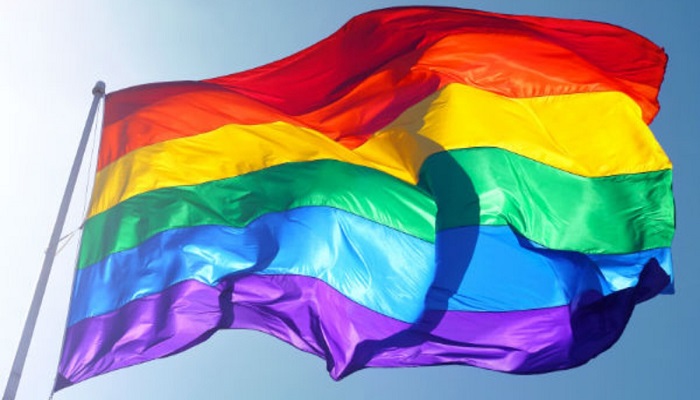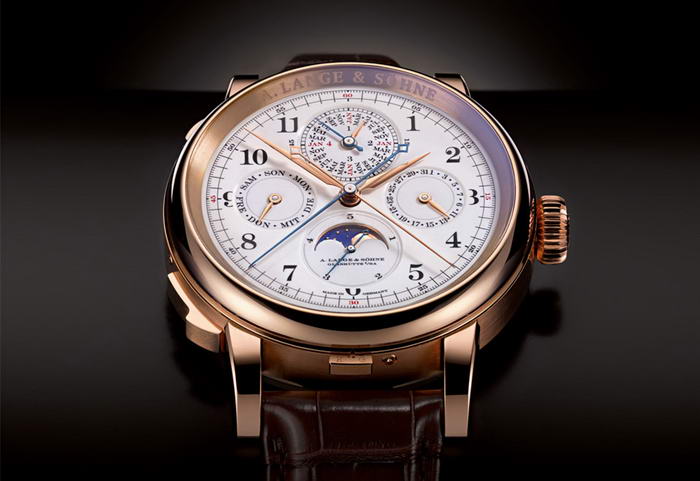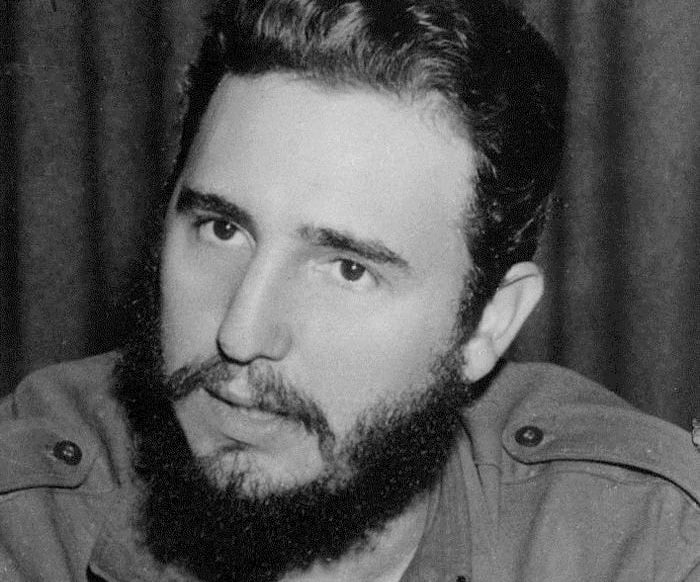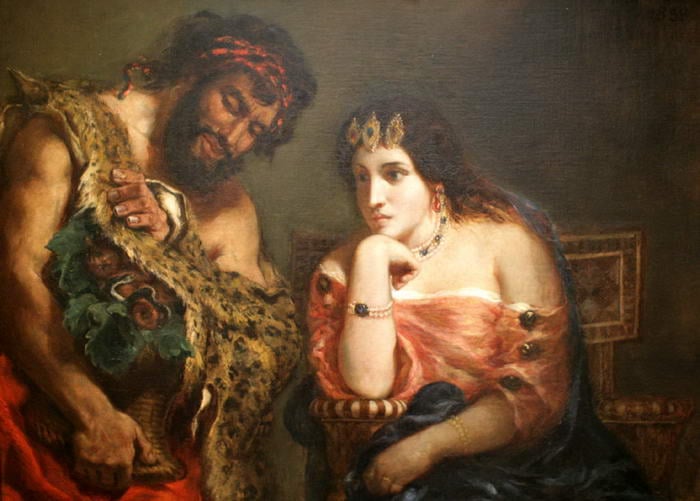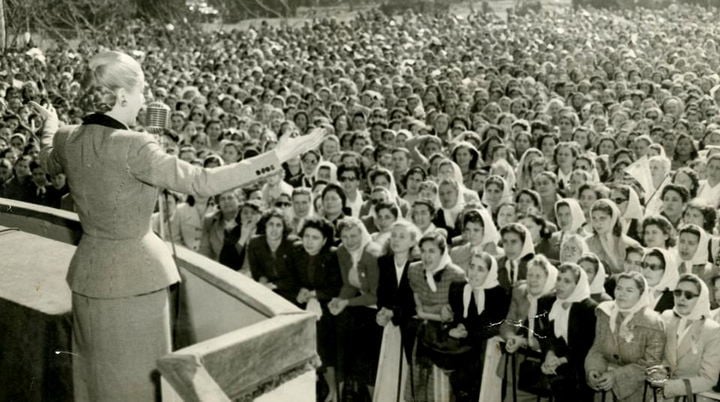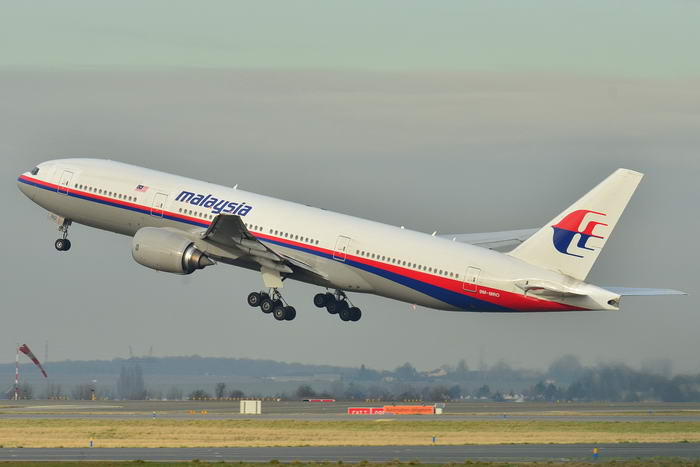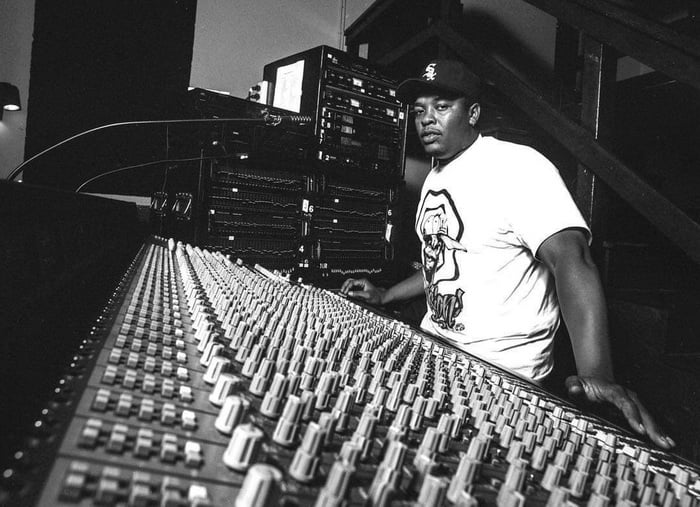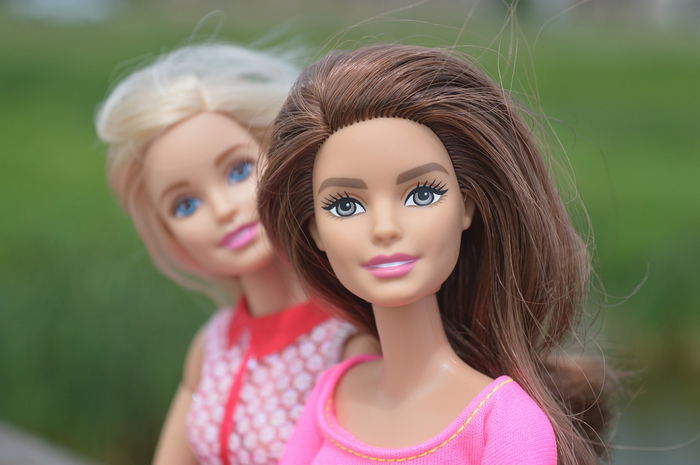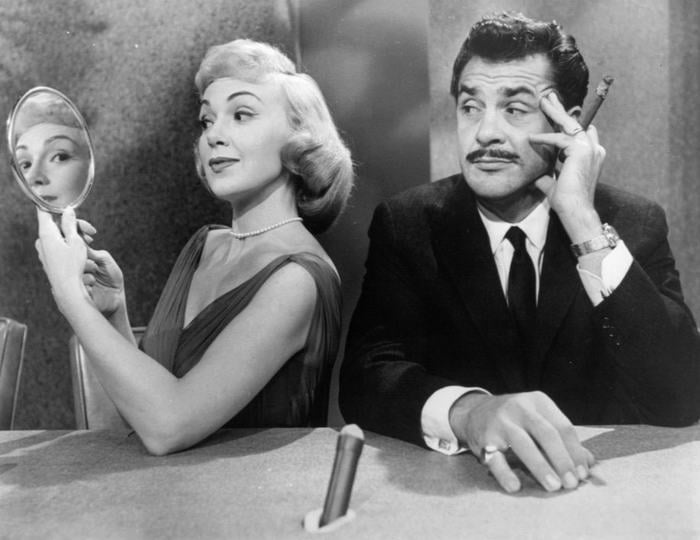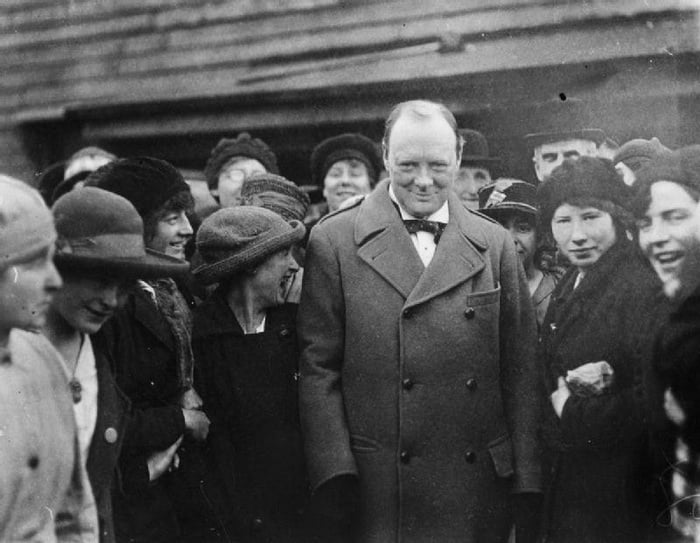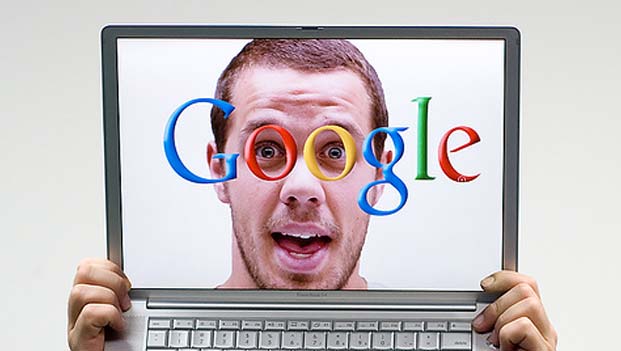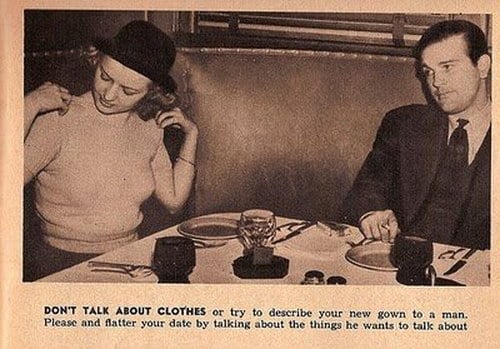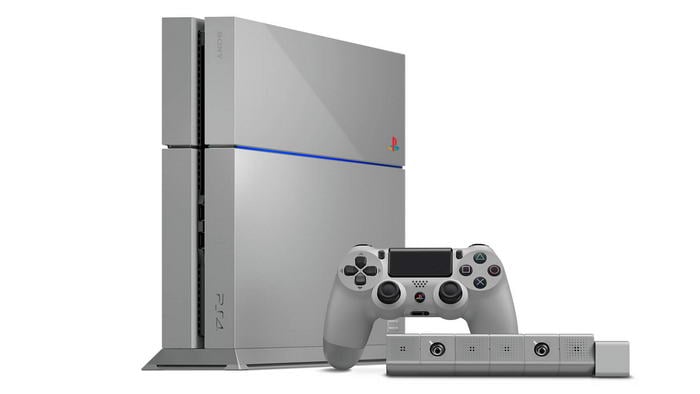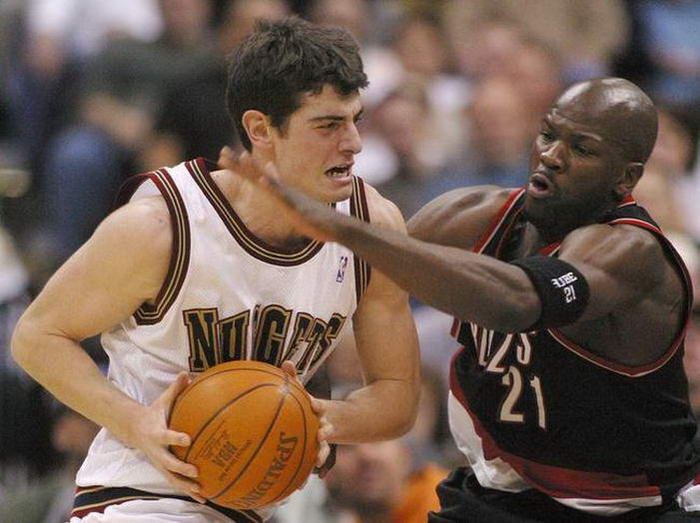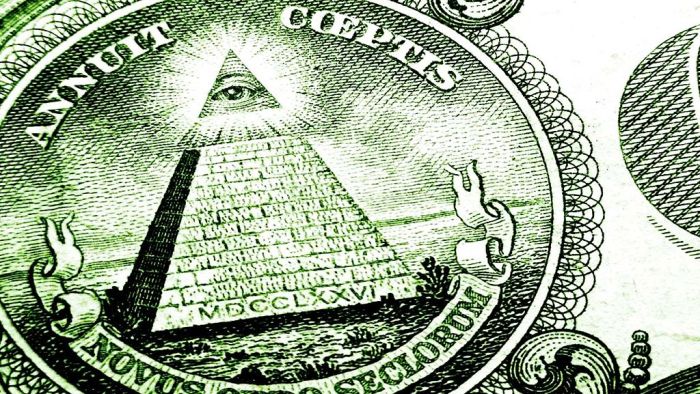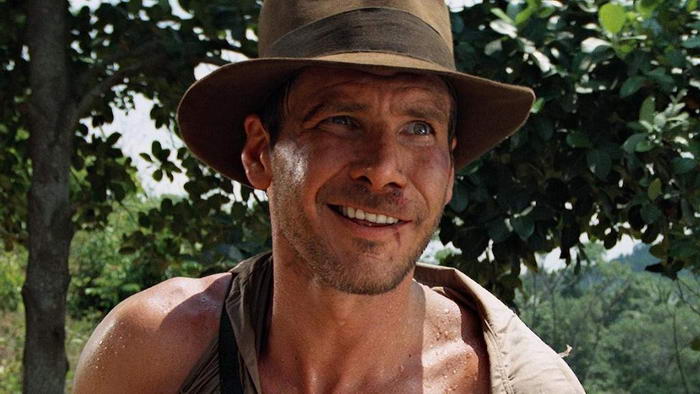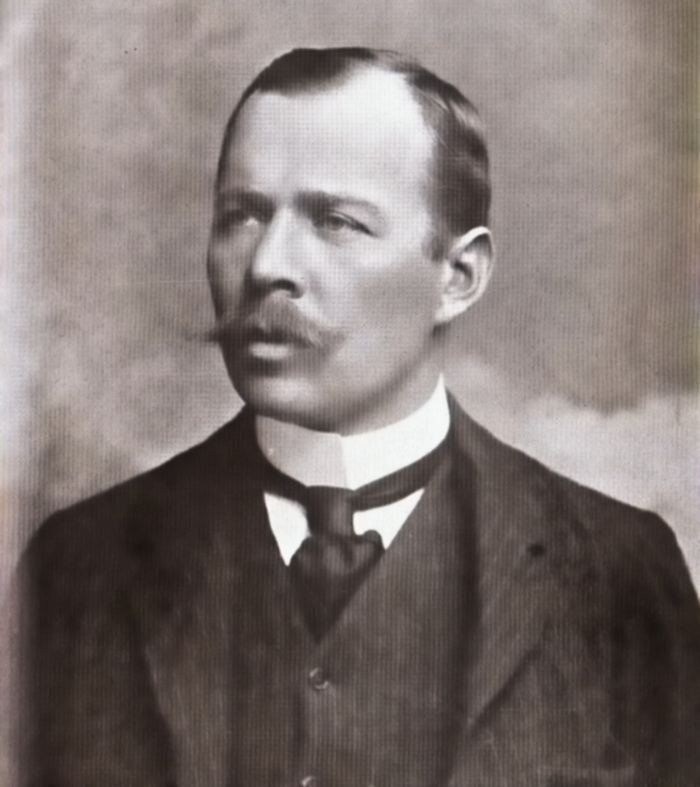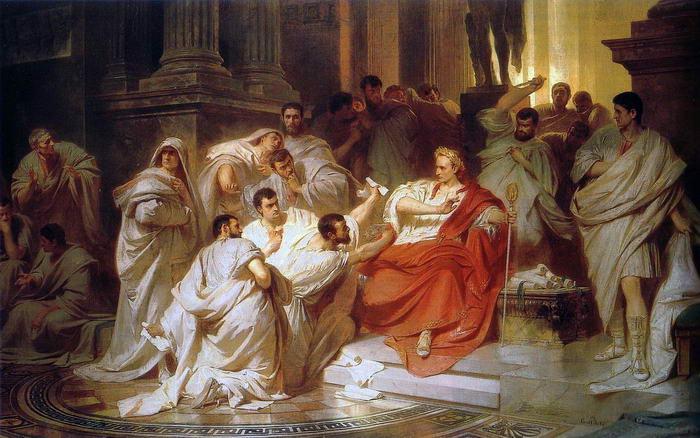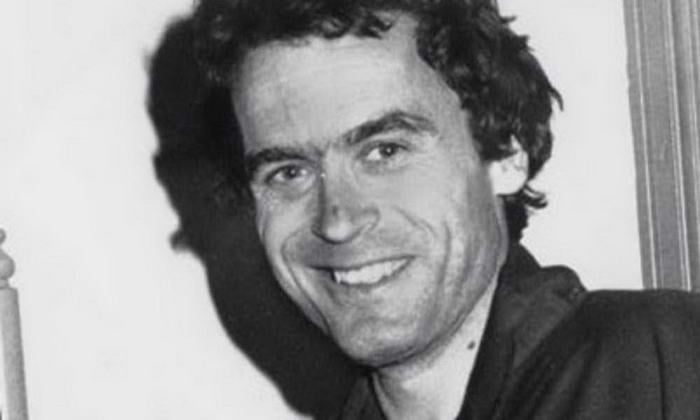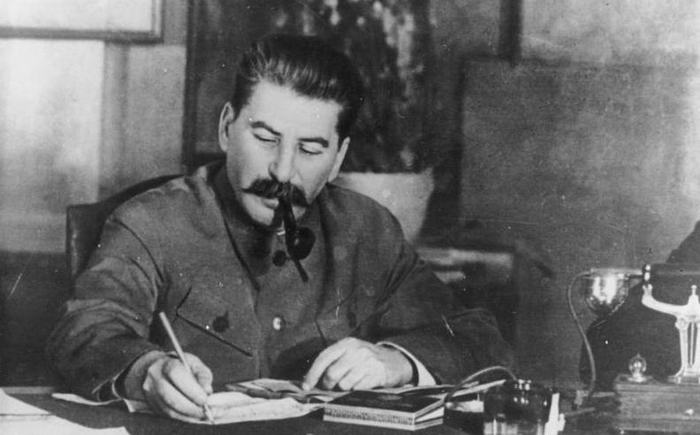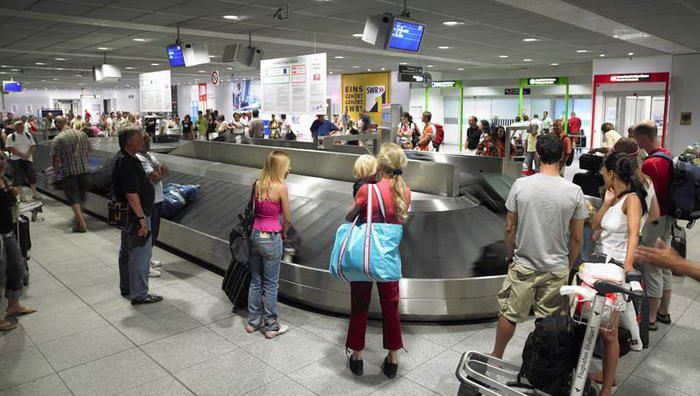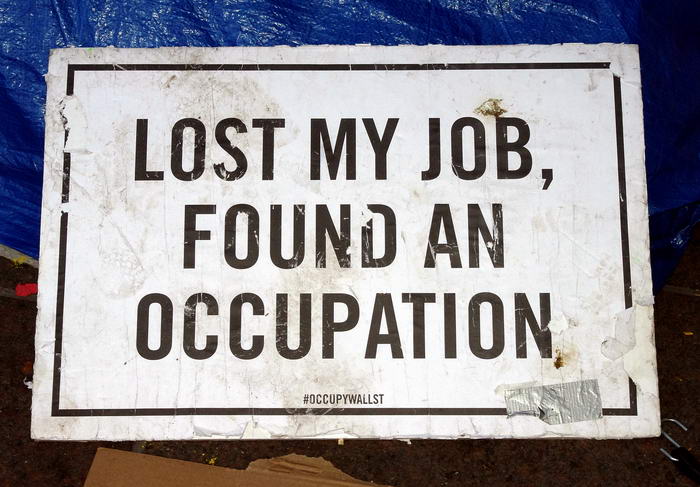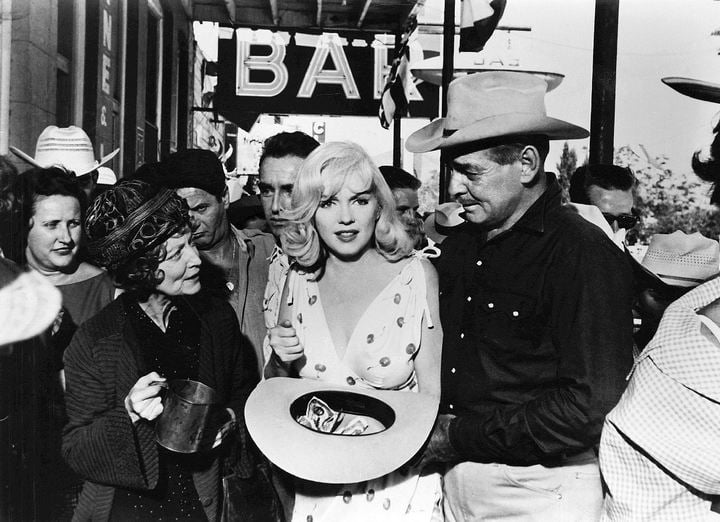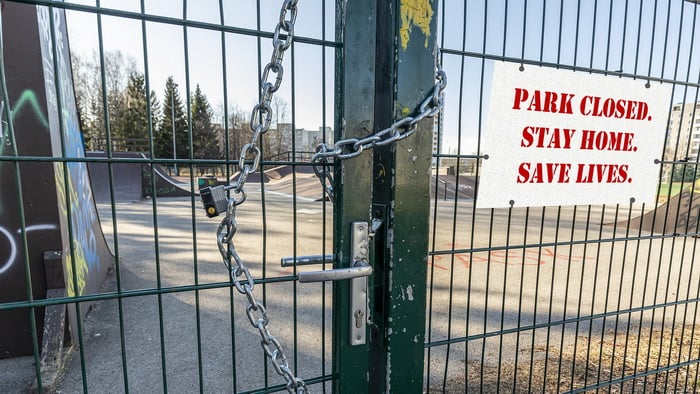Presidential debates are more than just televised events; they’re pivotal moments in political history that can make or break a candidate’s campaign. These debates aren’t just about policies and promises; they’re about charisma, quick thinking, and the ability to connect with the audience. Over the years, we’ve seen some unforgettable moments that have shifted the tides of elections and left a lasting mark on American politics.
Let’s take a trip back to 1960. The first-ever televised presidential debate between John F. Kennedy and Richard Nixon changed the game. It wasn’t just about what was said; it was about how it was presented. Kennedy’s calm, confident demeanor contrasted sharply with Nixon’s nervousness and visible discomfort. This debate highlighted the power of television in politics, showing that appearances could be just as important as content.
Presidential debates are not just about who has the best policies but who can best convey their vision to the public. They are a blend of substance and style, and the moments we remember are often those that reveal the character and capabilities of the candidates. From gaffes to zingers, these debates are snapshots of history, providing insights into the personalities and leadership qualities of those vying for the highest office in the land. Without further ado, let’s take a look at 10 most influential presidential debates up to date.
10 – Kennedy vs. Nixon (1960)

The Kennedy-Nixon debates of 1960 were the first-ever televised presidential debates, forever changing the landscape of American politics. John F. Kennedy, the young and charismatic senator from Massachusetts, faced off against Vice President Richard Nixon. Nixon, recovering from an illness, looked pale and tired, while Kennedy appeared confident and composed. This visual contrast played a significant role in shaping public perception. Kennedy’s strong performance in the debates helped him gain a narrow victory in one of the closest elections in U.S. history.
The debates highlighted the growing importance of television as a political tool. For the first time, voters could see and hear the candidates live, assessing their demeanor and style as well as their policy positions. Kennedy’s ability to project confidence and calm under pressure became a defining moment of his campaign. His success in the debates underscored the need for future candidates to not only be well-versed in policy but also to master the art of televised communication. This debate is a classic example of how media presence can influence political success, making it one of the most influential presidential debates in history.
09 – Ford vs. Carter (1976)
The 1976 debate between Gerald Ford and Jimmy Carter is remembered for Ford’s significant blunder regarding Eastern Europe. Ford claimed there was “no Soviet domination of Eastern Europe,” a statement that was immediately questioned and criticized. This mistake dominated news coverage and painted Ford as out of touch with the geopolitical realities of the time. The incident showcased the high stakes of live debates, where a single misstep can overshadow an entire campaign.
Carter, on the other hand, managed to maintain a steady and composed presence throughout the debates. His performance, coupled with Ford’s gaffe, helped him gain an edge in the election. This debate serves as a reminder of how crucial it is for candidates to be precise and accurate in their statements. The repercussions of Ford’s error were felt not just in the immediate aftermath but also in the election results, making this debate a pivotal moment in presidential debate history.
08 – Reagan vs. Carter (1980)
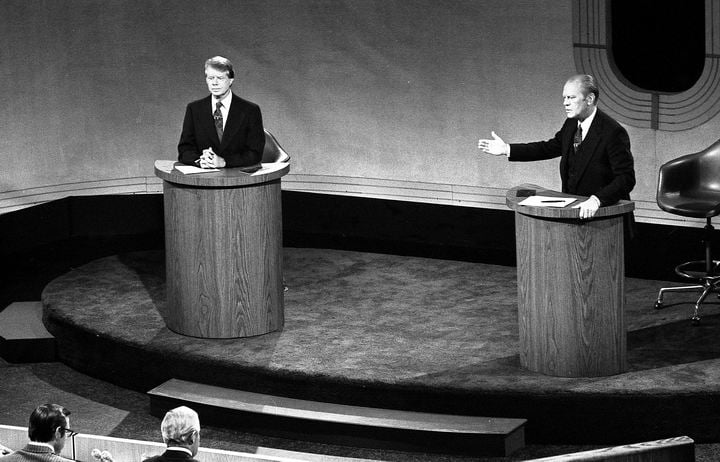
Ronald Reagan’s performance against Jimmy Carter in 1980 is often cited as a masterclass in debate strategy. Reagan’s memorable line, “There you go again,” effectively disarmed Carter and showcased Reagan’s wit and charm. This phrase, coupled with Reagan’s overall confident and relaxed demeanor, helped him connect with viewers. Reagan’s ability to use humor and calm under pressure helped to portray him as a strong and capable leader.
Reagan’s debate performance played a crucial role in his landslide victory. It demonstrated the power of a well-timed and well-delivered line, showing that debates are not just about policy details but also about personal appeal and communication skills. Reagan’s success in this debate underscored his reputation as the “Great Communicator,” and it remains a benchmark for effective debate performances in American politics.
07 – Bush vs. Dukakis (1988)
The 1988 debate between George H.W. Bush and Michael Dukakis is notable for Dukakis’s unemotional response to a question about the death penalty. When asked how he would respond if his wife were raped and murdered, Dukakis’s clinical and detached answer was widely criticized. This moment hurt his campaign by making him appear out of touch with human emotions and empathy.
Bush capitalized on Dukakis’s perceived coldness, using the debates to solidify his image as a more relatable and empathetic candidate. The debates highlighted the importance of emotional engagement and the ability to connect on a personal level with voters. This incident is a prime example of how a single response can significantly impact public perception and electoral outcomes, making it one of the most influential moments in presidential debate history.
06 – Clinton vs. Bush vs. Perot (1992)

The 1992 debates introduced the town hall format, allowing candidates to engage directly with voters. During one debate, President George H.W. Bush was caught looking at his watch, a gesture interpreted as disinterest and impatience. This moment was contrasted with Bill Clinton’s empathetic and engaging responses, which helped Clinton connect with the audience and portray himself as more in touch with the concerns of ordinary Americans.
Ross Perot’s participation added another layer of complexity, as his direct and straightforward style appealed to many voters frustrated with the traditional political system. The debates highlighted the importance of body language and audience interaction in shaping public perception. Clinton’s ability to leverage the town hall format to his advantage played a significant role in his eventual victory, making these debates a key moment in presidential campaign history.
05 – Gore vs. Bush (2000)
In the 2000 debates, Vice President Al Gore’s repeated sighs and eye-rolls while George W. Bush spoke became a focal point for criticism. These non-verbal cues were perceived as condescending and disrespectful, damaging Gore’s image. His “lockbox” comment, intended to emphasize his plan for Social Security, was mocked and became a symbol of his campaign’s perceived rigidity and lack of relatability.
Bush, in contrast, managed to appear more approachable and straightforward, qualities that resonated with many voters. The debates underscored the importance of demeanor and body language, showing that how candidates present themselves can be as important as what they say. Gore’s performance in the debates is often cited as a factor that contributed to the tight and controversial election outcome, highlighting the critical role debates can play in shaping public opinion and election results.
04 – Obama vs. McCain (2008)

The 2008 debates between Barack Obama and John McCain occurred against the backdrop of a severe economic crisis. Obama’s calm and composed demeanor reassured voters, helping to bolster his image as a steady and capable leader. His responses were detailed and clear, addressing the economic concerns of the American public.
McCain, while experienced, struggled to match Obama’s composure and clarity. The debates highlighted the contrast between the candidates’ styles and approaches, with Obama’s performance helping to solidify his momentum. These debates demonstrated the importance of appearing calm and confident in times of crisis, making them a defining moment in the 2008 election.
03 – Obama vs. Romney (2012)
The 2012 debates between Barack Obama and Mitt Romney featured a memorable moment when Romney used the phrase “binders full of women” while discussing his efforts to hire more women. This comment quickly went viral and was criticized as tone-deaf. It overshadowed much of Romney’s debate performance and became a focal point of media coverage.
Obama’s strategy in the debates involved highlighting his accomplishments and contrasting them with Romney’s positions. The debates showed how a single phrase could dominate public discourse and affect a campaign. Obama’s ability to navigate the debates effectively helped him maintain his lead and secure re-election, illustrating the critical role debates play in shaping political narratives.
02 – Trump vs. Clinton (2016)

The 2016 debates between Donald Trump and Hillary Clinton were among the most watched in history. Trump’s unconventional style and direct attacks contrasted sharply with Clinton’s more traditional approach. Moments like Trump’s interruption of Clinton with phrases like “wrong” and “you’d be in jail” during the debates highlighted the intense and polarized nature of the election.
Clinton’s preparation and detailed policy knowledge were evident, but Trump’s aggressive style and ability to connect with frustrated voters played a significant role in shaping the debate narrative. These debates underscored the importance of style and presentation in modern politics, showing how debates can reflect and amplify the divisions within the electorate.
01 – Biden vs. Trump (2020)
The 2020 debates between Joe Biden and Donald Trump were marked by interruptions and heated exchanges. The first debate was particularly chaotic, with frequent interruptions and personal attacks dominating the discussion. Biden’s strategy was to appeal to decency and normalcy, contrasting himself with Trump’s combative style.
The COVID-19 pandemic and social unrest were central themes, with both candidates addressing these critical issues. The debates highlighted the stark contrasts between the candidates’ approaches and personalities. Biden’s ability to maintain his composure and focus on key issues helped him appeal to a broad base of voters, playing a significant role in his eventual victory. These debates showcased the critical role of demeanor and issue-focused discussion in shaping voter perceptions.
The Evolution of Debate Formats: From Lincoln-Douglas to Modern Day
The Historical Evolution of Debate Formats
Debates have come a long way since the famous Lincoln-Douglas debates of 1858. These debates between Abraham Lincoln and Stephen Douglas were held outdoors and lasted for hours, with each candidate delivering lengthy speeches. Fast forward to the 20th century, the first presidential debate in the radio era was held in 1948 between Thomas Dewey and Harold Stassen. However, it wasn’t until the Kennedy-Nixon debates in 1960 that debates became a staple in presidential campaigns. These were the first debates to be televised, highlighting the power of visual media in politics.
The introduction of television changed the dynamics of debates significantly. Candidates had to be conscious of their appearance and body language, not just their words. The format evolved to include opening statements, direct exchanges, and closing remarks. Over time, moderators started to play a more significant role, asking direct questions and sometimes even fact-checking candidates in real-time. The town hall format, introduced in 1992, further revolutionized debates by allowing ordinary citizens to ask questions directly, making the events more interactive and engaging.
The Role of Media and Technology in Shaping Debates
Technology has continuously reshaped the format and impact of presidential debates. The advent of live television brought debates into the living rooms of millions of Americans, making them more accessible and influential. With the rise of the internet and social media, debates have become even more interactive and immediate. Real-time fact-checking, instant polling, and widespread sharing of debate highlights on platforms like Twitter and Facebook have added new dimensions to how debates are perceived and analyzed.
Today, debates are meticulously planned media events. Candidates prepare extensively, focusing on sound bites that can be easily shared and remembered. The use of split-screen technology allows viewers to see the reactions of both candidates simultaneously, adding another layer of analysis. The integration of technology means that even small gestures or facial expressions can become viral moments, influencing public perception in profound ways. The moderators’ role has also evolved, with many debates now featuring multiple moderators to ensure a comprehensive and balanced discussion.
Conclusion
Presidential debates have been pivotal in shaping the outcomes of elections and the course of political history. From the first televised debate between Kennedy and Nixon to the chaotic exchanges between Biden and Trump, debates have provided critical insights into the candidates’ character, policies, and ability to handle pressure. Each debate has had its memorable moments, from Reagan’s witty retorts to Bush’s watch-checking incident, all of which have influenced voter perceptions and election results.
Debates remain an essential part of the democratic process, offering voters a unique opportunity to see candidates in a live, unscripted setting. They test a candidate’s quick thinking, poise, and ability to connect with the audience. As the political landscape continues to evolve, so too will the format and conduct of debates. However, their core purpose—to inform and engage the electorate—remains unchanged. The evolution of debate formats and the increasing role of media and technology underscore the enduring significance of these events in American politics.



